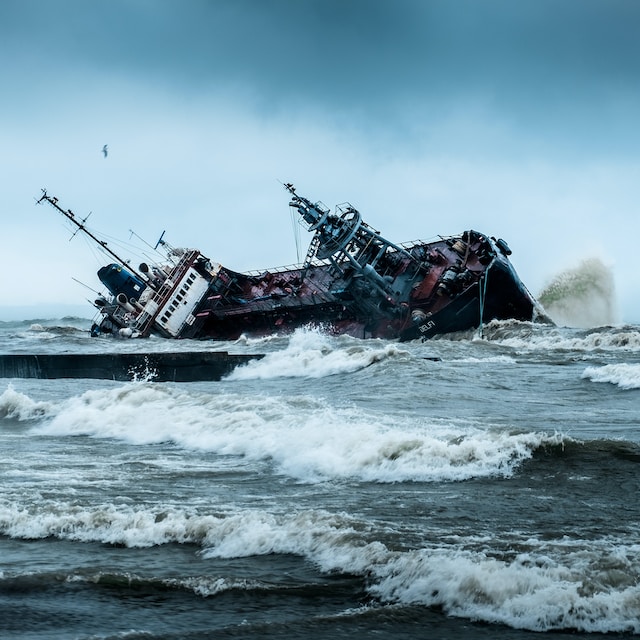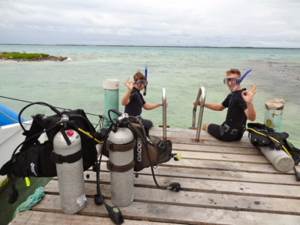A natural disaster insurance claim in Belize involves filing a claim against your insurance policy to receive reimbursement for damages caused by a disaster. Claims are filed in accordance with your policy terms and conditions. In addition to the risk of hurricanes and tropical cyclones, Belize is at high risk of climate change impacts, such as flooding, storm surge, sea level rise, extreme temperature events, and erosion.
Belize was recently paid its premium payout from Mesoamerican Reef (MAR) Insurance Programme by WTW Reinsurance Brokerage, created to protect against hurricane risk at Turneffe Atoll and surrounding communities in Belize. As sovereign governments become increasingly vulnerable to climate disasters that threaten economies and creditworthiness, this deal demonstrates how new insurance tools can unlock debt financing for environmental investments.
How to File a Claim
CCRIF SPC mitigates the financial repercussions of natural catastrophe events on Caribbean and Central American governments by rapidly disbursing short-term liquidity when an insurance claim is triggered. It provides parametric insurance against tropical cyclones, excess rainfall, earthquakes, and fisheries losses for government, fisheries, and electric utilities sectors in these regions. The chart depicts modelled payout under disasters of various strengths facing any one nation annually with their probability being directly proportional to intensity (inverse probability for stronger disasters). Furthermore, this model exposes countries to basic risk or the possibility that actual losses won’t trigger insurance.
Reimbursement Process
Natural disaster insurance policies cover the financial costs of repairing damaged property, including the financial impact on property, income, or expenses caused by it. A natural disaster policy typically covers these expenses but factors that determine compensation include your deductible and average clauses within an insurance policy – these factors usually lead to lower payouts due to restricting coverage in case of disasters.
Recent years have witnessed an alarmingly increased frequency and intensity of natural disasters across the Caribbean region, placing governments under increasing pressure to mitigate vulnerability and the cost of losses through pre-emptive hazard mitigation and vulnerability reduction measures, such as those adopted before disasters occur, in order to minimize losses; and/or economic mechanisms like insurance which pre-finance reconstruction expenses.
The Caribbean insurance industry’s record in supporting mitigation measures has long been mixed. While insurance companies understand their inherent benefit, their concerns typically revolve around complexity and costs involved, reinsurers’ unwillingness to cover such burdens, as well as leadership on mitigation measures being considered a government function.
Insurance companies should strive to gain a deeper understanding of their catastrophe risk exposures in close collaboration with reinsurers. This will enable them to more accurately quantify risk, while remaining protected at reasonable costs; traditionally Caribbean insurers have limited their cat-risk retention levels to less than 15 % of total risk and ceded the rest to reinsurers.
Establishing regional pools or disaster reserve funds that can be funded either privately or publicly is another effective approach to loss forecasting, as they cover sectors with similar risk characteristics – for instance, agriculture, road transport, schools/hospitals/water systems, etc.
Documentation Required
Belize’s coastal and capital regions, particularly coastal infrastructure, are highly vulnerable to flooding, wind damage, storm surge, and other natural disasters due to low-lying terrain and are thus subject to floodwater, wind damage, storm surge, or other forms of natural catastrophes that cause flooding or wind damage. Belize currently ranks eighth out of 167 countries for climate risk and suffers an estimated average loss of 4 percent of GDP per disaster event.
Insurance companies operating in regions prone to natural hazards have an additional obligation to show how they have handled premiums paid and fiscal performance; this requires timely, accurate, and full disclosure of relevant data for regulatory solvency vigilance demonstration. Unfortunately, most Caribbean insurers have been reluctant to release the required information in order to meet this obligation.
An important step toward improving the sustainability of Caribbean reinsurance markets would be the formation of a regional pool with contributions made by each island according to objective criteria, such as island-wide PML assessments or expert forecasts of disaster probabilities. This would facilitate including catastrophe-related losses into premiums more easily while simultaneously expanding access and affordability of catastrophe coverage among homeowners.
Filing a Claim in Belize
Recent natural disaster events have created one of the tightest reinsurance markets ever seen in history. Insurance industry providers are offering limited coverage at very high prices with strict policy terms and conditions, making claim settlement arduous; in many instances, claims have not even been settled or paid out yet! Caribbean hotels lost roofs while Holberton Hospital experienced structural and equipment damages along with several hospitals and reinsurers experiencing substantial loss or damage to facilities or equipment.
Insurance can be an invaluable tool in helping countries manage risks, yet it cannot completely mitigate the impacts of extreme weather and climate events, which often have devastating social and economic repercussions, including loss of lives and livelihoods. Furthermore, weak fiscal positions and competing demands on public resources compound this vulnerability further; such factors limit a country’s access to disaster risk insurance via parametric insurance or catbonds.
Under these conditions, it is crucial that policies are put in place that ensure insurance payouts meet actual catastrophe losses rather than expected average losses. Policyholders must have access to fair and reasonable avenues for making claims; and insurance providers should demonstrate good faith efforts at processing claims and paying out insured amounts as quickly as possible.
Insurance companies located in areas prone to natural hazards have an especially important obligation to demonstrate their stewardship of premium amounts of money and financial performance, in order to meet their solvency vigilance role. They should not hesitate in disclosing pertinent data to their regulator who requires timely, accurate, and full disclosure in order to fulfill his statutory responsibility of public and regulatory proof of solvency vigilance.
Insurance companies tend to shy away from taking an active leadership role in mitigating hazards and vulnerabilities due to perceived difficulties and costs associated with doing so, while reinsurers tend not to share in these risks, viewing mitigation leadership roles as being provided by government, which adheres to the principle of subsidiarity which stipulates that government policy must serve public interest rather than private ones.




